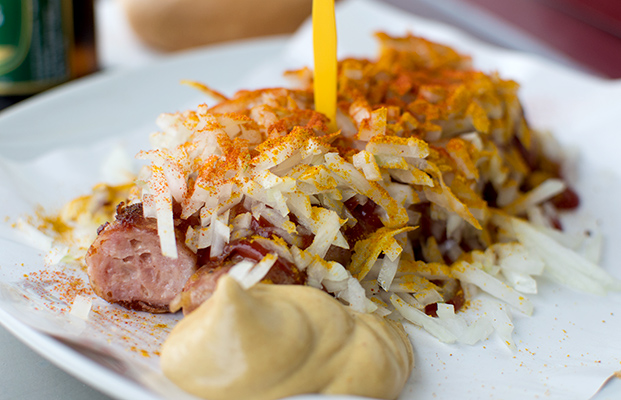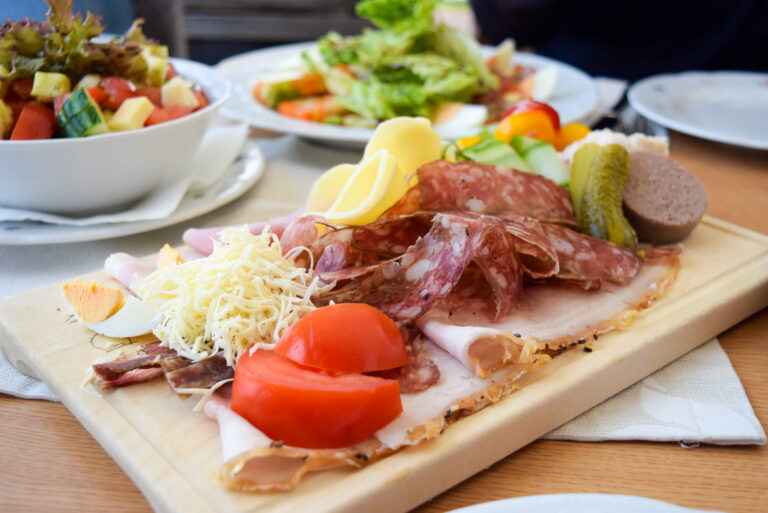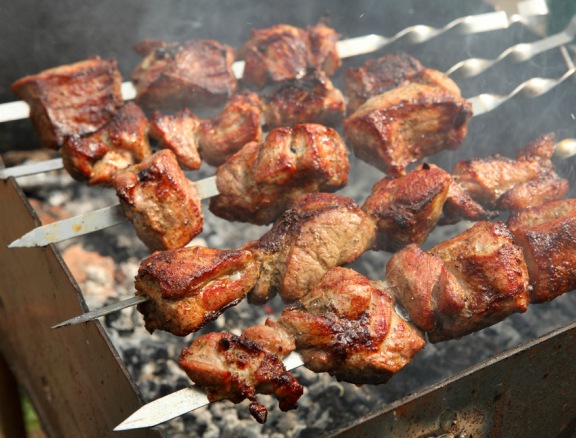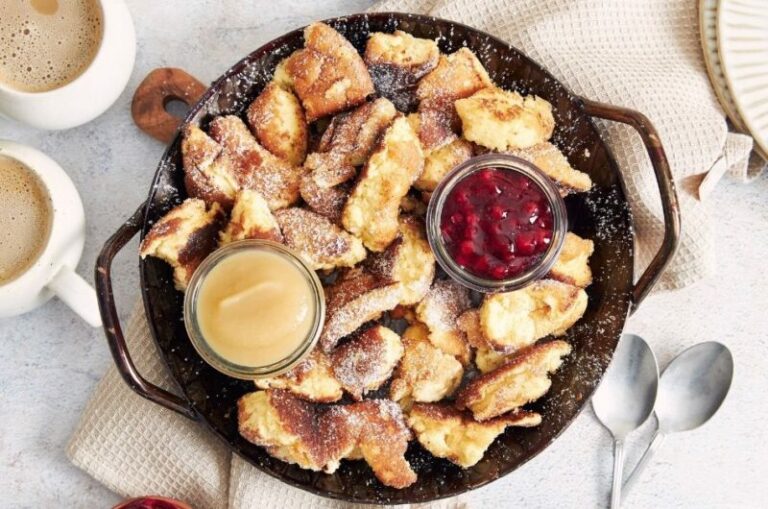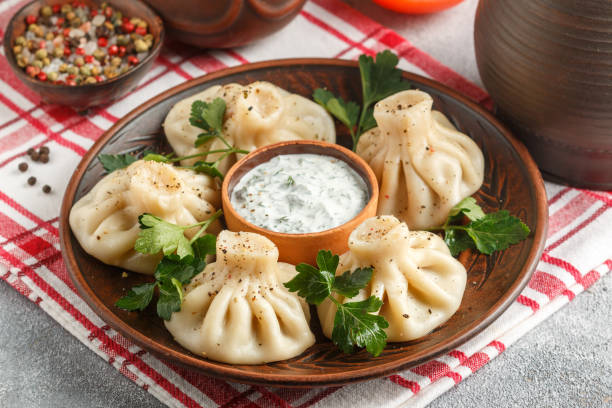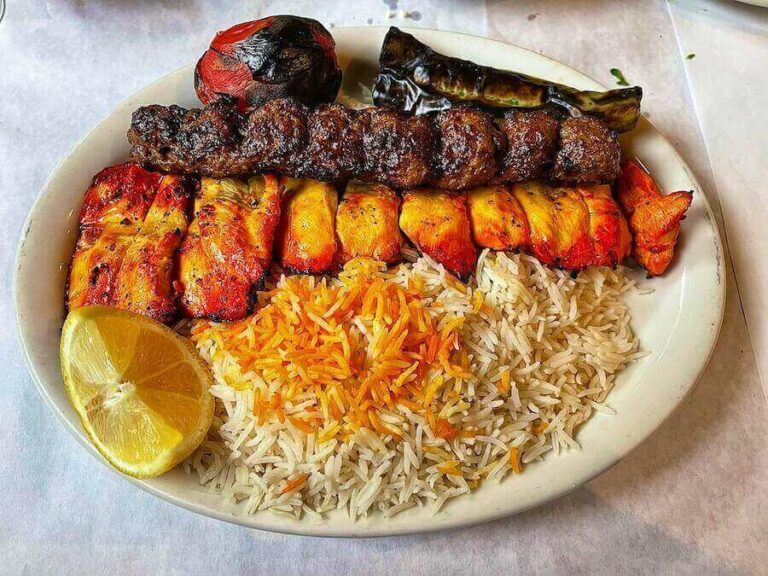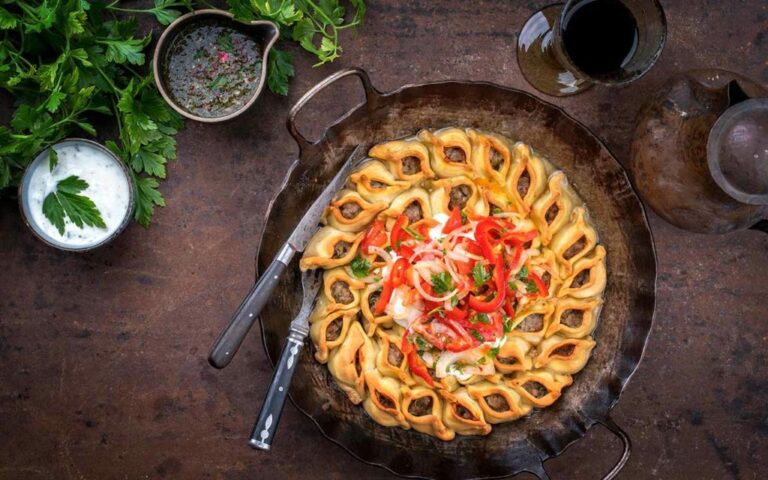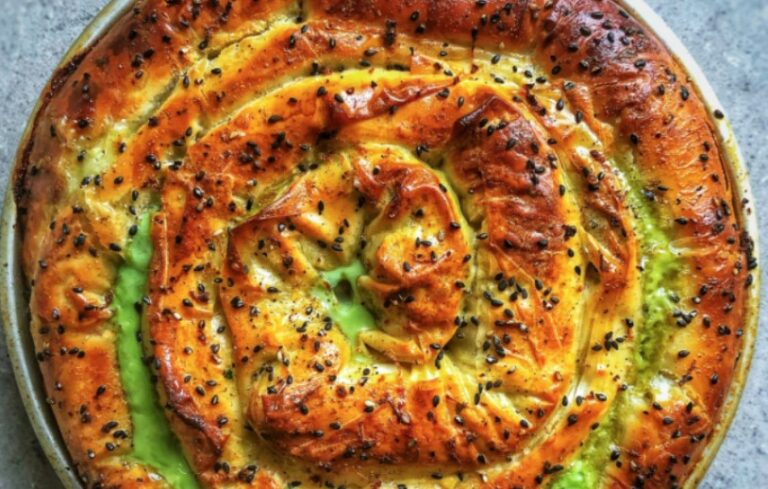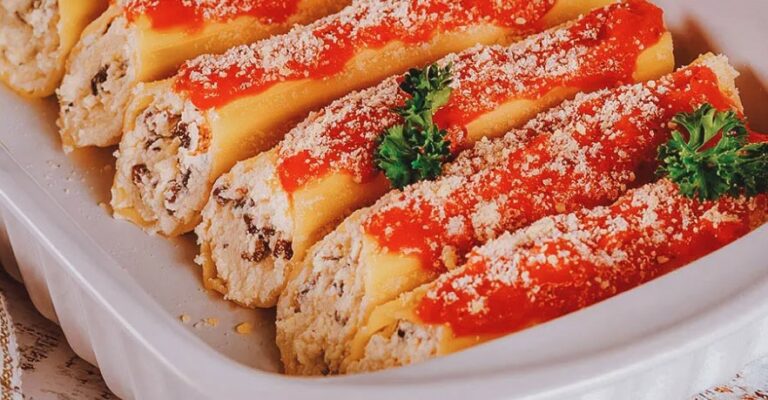Introduction
Austria is a country famous for its delicious cuisine. Austrian cuisine is a mix of different cultures, including Hungarian, Czech, and Italian influences, resulting in a unique range of dishes that are rich, hearty, and flavorful. If you’re visiting Austria for the first time, you must try some of the typical Austrian dishes that will leave you wanting more.
Wiener Schnitzel
Wiener Schnitzel is the most famous Austrian dish globally, and it is a must-try for first-time visitors. This dish is made from thin, breaded, and fried veal cutlets. The Schnitzel is often served with a side of potato salad, cranberry jam, and a slice of lemon. The dish is crispy, tender, and has a rich flavor that will leave you craving for more. Wiener Schnitzel is so popular in Austria that it has its own holiday, National Schnitzel Day, celebrated every year on September 9th.
Tafelspitz
Tafelspitz is a traditional Austrian dish that consists of boiled beef, served with a variety of root vegetables such as carrots, turnips, and celery. The dish is often garnished with freshly grated horseradish and chives. Tafelspitz is one of Austria’s national dishes and has been served to Austrian royalty for centuries. The beef is cooked slowly, which makes it tender and flavorful. It is the perfect comfort food for chilly days in Austria.
Kaiserschmarrn
Kaiserschmarrn is a delightful Austrian dessert that is perfect for those with a sweet tooth. It is a fluffy shredded pancake that is served with fruit compote or apple sauce. The dessert is named after Emperor Franz Joseph I, who was a big fan of shredded pancakes. Kaiserschmarrn is a popular dish in Austria, and it is often served as a main course during lunchtime.
Sachertorte
Sachertorte is a chocolate cake invented in Vienna in 1832 by Franz Sacher. It is a dense chocolate cake layered with apricot jam and coated with a thin layer of chocolate ganache. The cake is usually served with whipped cream or vanilla ice cream. The Sachertorte is a must-try for chocolate lovers visiting Austria.
Apfelstrudel
Apfelstrudel is a classic Austrian dessert made from flaky pastry dough and filled with warm apple slices, cinnamon, and raisins. The dessert is served warm with a side of whipped cream, vanilla ice cream, or custard sauce. Apfelstrudel is a comforting treat that will warm you up on a chilly Austrian day.
Knödel
Knödel is a boiled dumpling made from bread, potatoes, or flour, depending on the region. The dumplings can be served as a side dish or as a main course, depending on the filling. Some of the popular fillings include meat, cheese, and spinach. Knödel is a hearty and filling dish that is perfect for chilly winter nights.
Austrian Wine and Beer to Pair with Your Meal
Austria is famous for its wine and beer, and there is no better way to experience Austrian cuisine than by pairing your meal with a glass of local wine or beer. Austria produces a range of white wines, including Grüner Veltliner and Riesling, and a variety of red wines, including Zweigelt and Blaufränkisch. Austrian beer is also famous worldwide, with popular brands including Stiegl, Gösser, and Ottakringer.
In conclusion, Austria is a country that offers a unique culinary experience that is rich, hearty, and flavorful. Wiener Schnitzel, Tafelspitz, Kaiserschmarrn, Sachertorte, Apfelstrudel, and Knödel are just a few of the typical Austrian dishes that first-time visitors must try. Pairing your meal with a glass of Austrian wine or beer will enhance your culinary experience and leave you with lasting memories of Austria.

